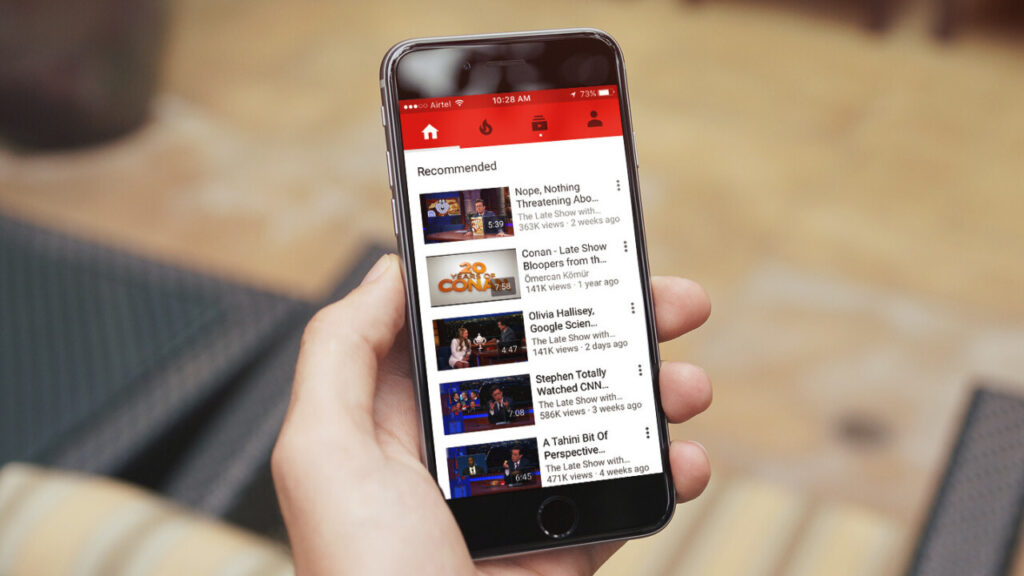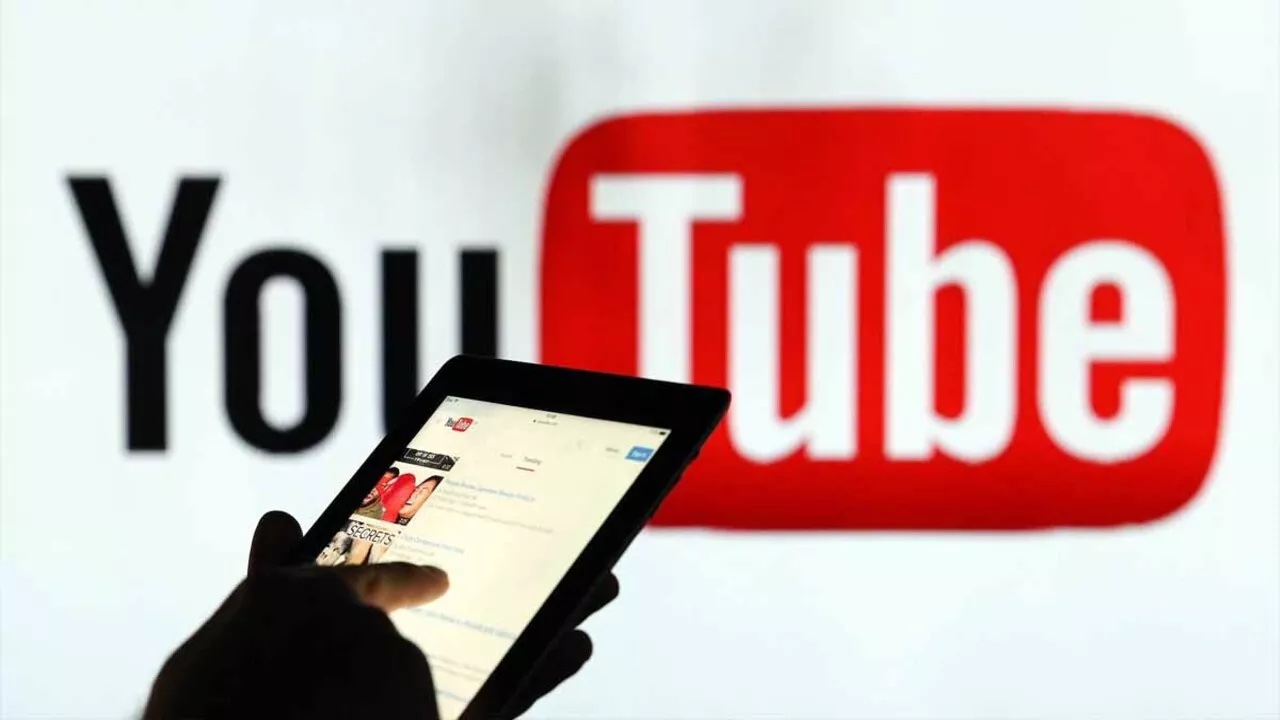In a move to curb ad-blocking software use, YouTube has confirmed a recent discovery made by a Reddit user: it is indeed testing a novel three-strikes policy. Aimed at users who persistently employ ad-blockers, this policy could lead to video playback being obstructed for them. As YouTube further elucidates its policies, it’s crucial to understand what this could mean for regular users.
Inside the Three-strike experiment
According to a spokesperson from YouTube, a global experiment is underway. It encourages viewers using ad-blockers to either permit YouTube ads or opt for YouTube Premium, their subscription-based ad-free service. This form of ad-blocker detection isn’t a novel concept, with other publishers often making similar requests to their viewers.
To provide a brief overview, users in violation of YouTube’s Terms of Service by utilizing ad-blockers will receive consistent notifications. These will request the allowance of ads on the platform. In extreme cases, if viewers ignore these requests and persist in using ad-blockers, YouTube could temporarily disable their playback.
What if you’re Falsely Accused?
While these measures may appear stringent, YouTube assures that they don’t take the decision to disable video playback lightly. Only persistent refusal to disable ad-blocking after multiple prompts will result in such a measure. For viewers who believe they have been incorrectly flagged as ad-blocker users, there’s a way to dispute. YouTube allows such viewers to share their feedback through a link in the prompt.

The Response to the Policy
So, how have the viewers reacted to this policy? A recent poll gave some insight:
2802 votes
- Yes, it will make me buy YouTube Premium: 4%
- No, I’ll find other workarounds: 57%
- No, I’ll endure the ads: 8%
- No, I’ll switch to other platforms: 30%
How Might This Impact the Future of Advertising on YouTube?
This ad-blocking policy is indeed a bold step by YouTube, which could shape the future of advertising on the platform. While some users may see this as an intrusion, others might consider it a necessary measure to support content creators. Will it lead to an influx of YouTube Premium subscribers, or will it push users towards other platforms? The outcomes of this experiment are eagerly awaited.
As we continue to explore the evolving relationship between ads, viewers, and content creators, we’d love to hear your thoughts. Dear readers, what’s your take on this issue? Please share your views in the comments section below!













